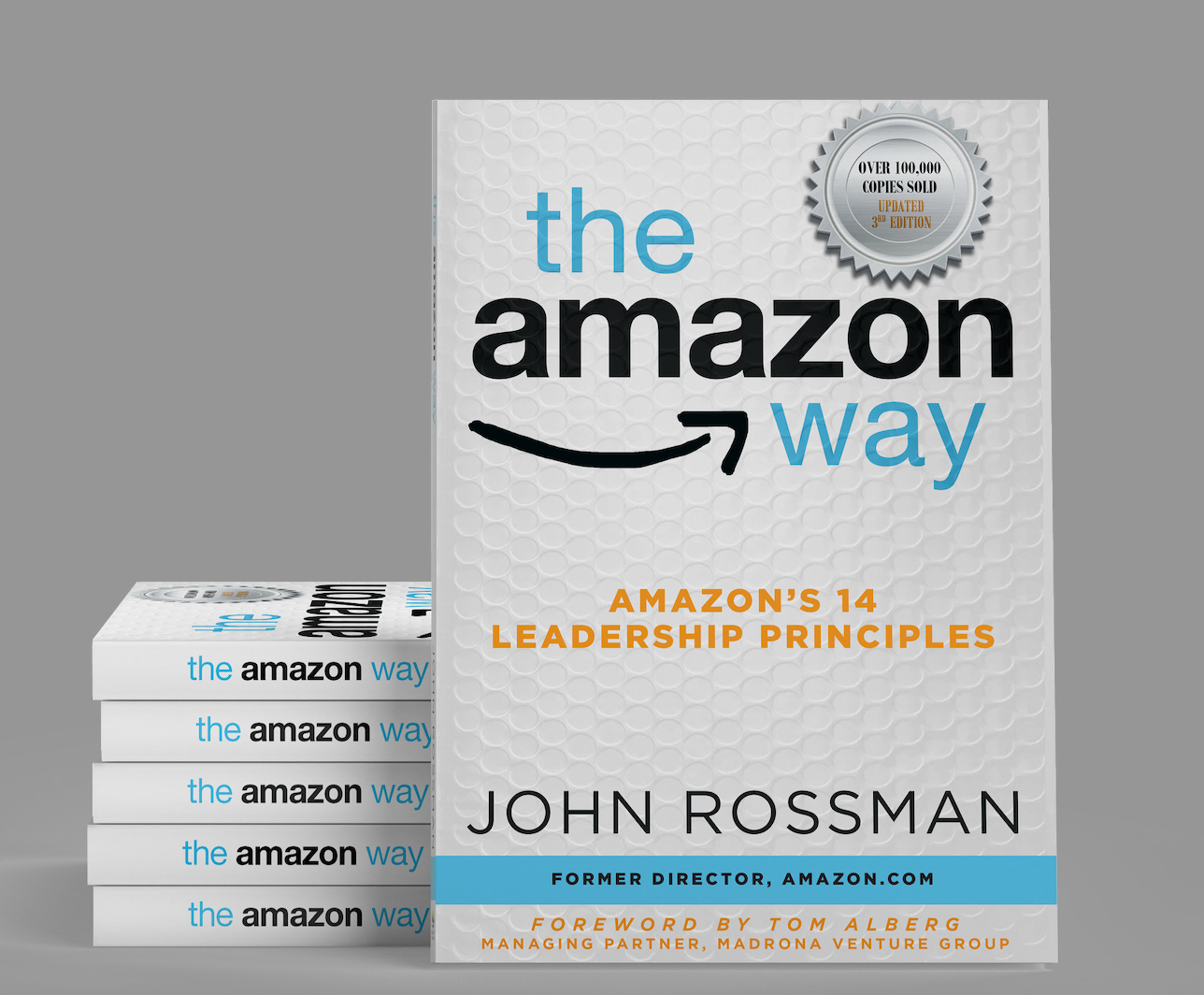The Digital Leader Newsletter— Strategies and Techniques for Change Agents, Strategists, and Innovators.
Operate by principles that are so clearly laid out that their logic can easily be assessed, and you and others can see if you walk the talk. — Ray Dalio, Principles
Any leader, from a CEO of a large company to the manager of a small team, is trying to get more output, efficiency, and innovation. We think we want a fast organization. But speed can take you in any direction, including the wrong one. It’s not just the velocity we want; we want velocity that has a purpose to it — a strategy, a goal, a specific direction. A velocity with a starting point and an ending point is called a vector. We want a business with speed and direction.
How do we avoid bureaucracy and committees and empower decision-makers while minimizing the risks of a decentralized & empowered team? How do we create and keep alignment without having to micro-manage? This is the intended outcome, but how do we get there?
Principles. What “good” principles or tenets can do for an organization is to define the swim lanes (guiding the direction) and act as a catalyst to the machinery of the organization ( helping increase velocity), allowing the organization to be faster toward achieving its goals. These sound principles, which meet Ray Dalio’s aforementioned quote (see top), create speed and direction for your strategy, help avoid the silent killer (bureaucracy), and will grow leadership in your organization.
Principles for Principles
A principle is a proposition or value that is a guide for behavior or evaluation. In law, it is a rule that has to be or usually is to be followed.1
Amazon’s leadership principles are perhaps the best-known set of company principles used to achieve this purpose of setting a guiding direction and acting as a catalyst.
If you are motivated to reduce bureaucracy, develop leadership, create speed and innovation, and get the right outcomes in your business…here are the “principles in building your principles:”
Principle One — Understand what you are trying to achieve. What is the “from —>to” you are trying to achieve?
Principle Two — Officers eat last. The most senior leaders must participate, digest, grok (means to deeply understand something) and be the most active users of the principles for change to happen. They have to use the principles and make changes in their own style based on the principles. (see comment below about firing)
Principle Three — Simple but not simplistic. Principles must be simple to understand and for someone of reasonable good judgment to know if they are hitting the spirit of the principle. But simplistic “value” based statements like “have integrity” or “be collaborative” are too open for individual and different interpretations.
Principle Four — The set requires balance and coverage. You have to have enough principles to address the surface area being applied. I don’t worry about having too many. Having “too many” meaningful principles is a high-quality problem.
The process of identifying and articulating your organization’s or team’s leadership principles should be a collaborative, iterative, and strategic activity. What it should not be is rushed, delegated, or outsourced. Here’s a plan to develop your leadership principles.
(The third edition of The Amazon Way includes a new forward from Tom Alberg, an early investor in Amazon and an Amazon board member for 21 years, and several other updated sections, including a section on building your principles)
Warning — building your principles does not happen in “one meeting” or in the first draft. Building principles that help you be a better and more competitive company takes work, focus, and investment.
Start with Outcomes by Working Backward
Start the process with your team with a vision exercise. Craft a future press release dated five years in the future, imagining your team’s future successes. Before writing it, consider questions such as:
Keep reading with a 7-day free trial
Subscribe to The Digital Leader: A Big Bets Briefing on Strategy and AI to keep reading this post and get 7 days of free access to the full post archives.



